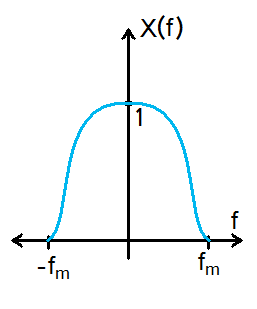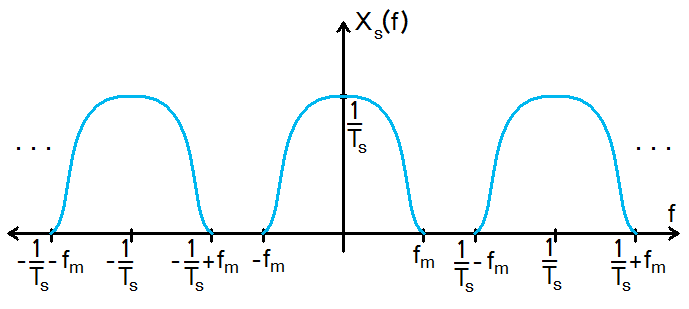| (4 intermediate revisions by 2 users not shown) | |||
| Line 4: | Line 4: | ||
[[Category:ECE438]] | [[Category:ECE438]] | ||
[[Category:signal processing]] | [[Category:signal processing]] | ||
| + | [[Category:Nyquist]] | ||
<center><font size= 4> | <center><font size= 4> | ||
| Line 45: | Line 46: | ||
---- | ---- | ||
---- | ---- | ||
| − | + | ==[[Nyquist_Theorem_Stein_slecture_ECE438_review|Questions and comments]]== | |
| − | ==[[ | + | |
| − | If you have any questions, comments, etc. please post them on [[ | + | If you have any questions, comments, etc. please post them on [[Nyquist_Theorem_Stein_slecture_ECE438_review|this page]]. |
---- | ---- | ||
| − | [[ | + | [[2014_Fall_ECE_438_Boutin_digital_signal_processing_slectures|Back to ECE438 slectures, Fall 2014]] |
Latest revision as of 18:05, 16 March 2015
Nyquist Theorem
A slecture by ECE student Robert Stein
Partly based on the ECE438 Fall 2014 lecture material of Prof. Mireille Boutin.
The Nyquist Theorem states that it is possible to reproduce a signal from sampled version of that signal given that the sampling frequency is greater than twice the greatest frequency component of the original signal.
Proof
Let's begin by looking at X(f) and $ X_{s} $(f):
Observe that $ X_{s} $(f) consists of $ (1/T_{s}) $*X(f) repeated every $ 1/T_{s} $.
If we use a low-pass filter with gain $ T_{s} $ and cutoff frequency between $ f_{m} $ and $ 1/T_{s} - f_{m} $ on $ X_{s} $(f), we can obtain the original signal if the repetitions don't overlap.
For this case to be met, $ 1/T_{s} - f_{m} $ must be greater than $ f_{m} $.
In other words,
$ \frac{1}{T_{s}} > 2f_{m} $
Note that satisfying the Nyquist condition is not necessary to perfectly reconstruct a signal from its sampling. However, if the Nyquist condition is satisfied, perfect reconstruction will be possible.
Questions and comments
If you have any questions, comments, etc. please post them on this page.



